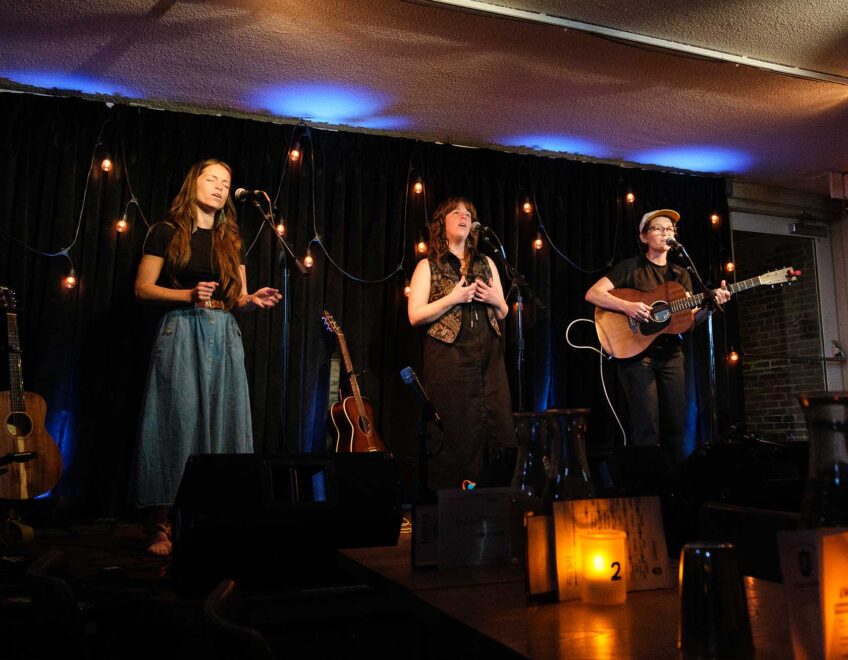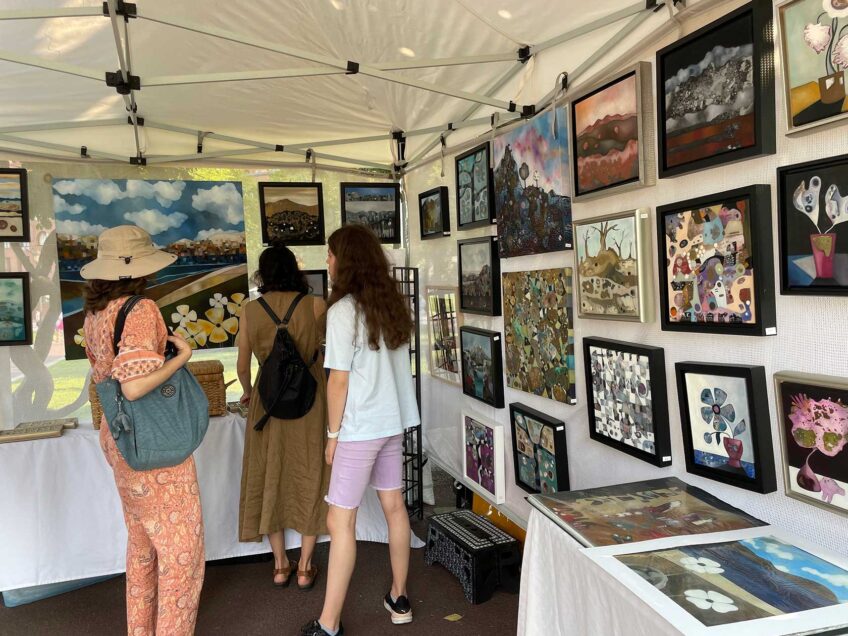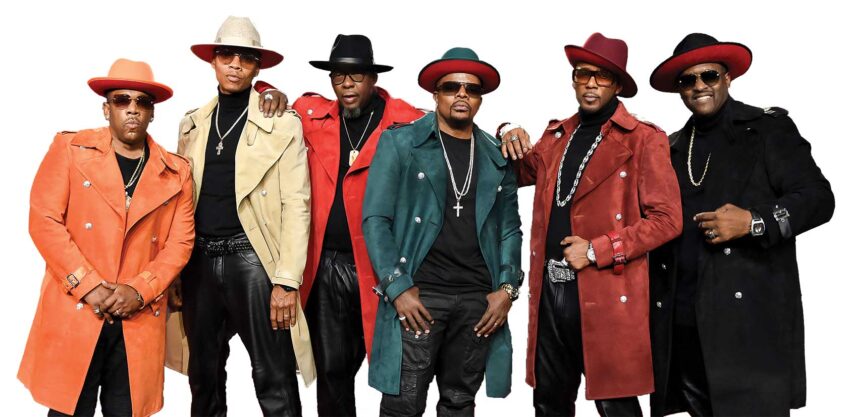Serene landscape belies a dark history
Steve McQueen’s ‘Lynching Tree’ on view at Gardner Museum for just two weeks

Situated in a dark gallery in the Isabella Stewart Gardner Museum, “Lynching Tree” by Steve McQueen glows quietly. The illuminated photograph, exhibited by itself in the Fenway Gallery in the main museum, may be mistaken for serene at first glance. But the pastoral landscape is underwritten by a dark history that our country continues to confront.
McQueen, known for his filmmaking career, photographed “Lynching Tree” while directing the critically acclaimed 2013 film, “12 Years a Slave.” The large oak tree centered in the image was once utilized for violent racial murders, and the surrounding land remains littered with the buried bodies of those victims.
“It’s an important work of art. It really brings home the truth of our very troubled history,” says Peggy Fogelman, Norma Jean Calderwood Director of the Gardner Museum, “particularly African American history in the United States, which is being actively suppressed through book bans and legislation regarding curriculum in schools.”
“Lynching Tree” is only on view at the Gardner Museum for two weeks. This limited-time exhibition is here thanks to a partnership between Fogelman and Lee Pelton, president and chief executive officer of The Boston Foundation. Both artistic leaders felt it was important that this work come to Boston, for however long possible.
“African Americans lived in slavery for almost a century more than they have lived in emancipation,” says Pelton. “At a time when some seek to misremember this history, Steve McQueen’s ‘Lynching Tree’ calls upon us to remember the hidden, unspoken truths of this American experience revealed in our nation’s landscape.”
The presentation of “Lynching Tree” aligns with several significant historical milestones, including the 10th anniversary of McQueen’s winning the best picture Oscar award for “12 Years a Slave” and the 50th anniversary of Boston’s busing crisis.
Nature has long been intertwined with art at the Gardner, where the focal point of the museum is a central courtyard blooming with plant life. This is a direct connection to the artwork and provides a unique space to reflect on McQueen’s work. Additionally, the Gardner has one of the most diverse rotating exhibition and public event programs in Boston and was confronting diversity and inclusion in our cultural history long before other local museums.
“[‘Lynching Tree’] is a work that elicits often a very emotional response. It requires a kind of contemplation and intimacy that I think is very true to the experience of the Gardner,” says Fogelman.
“Lynching Tree” will be on view at the museum Jan. 20-Feb. 4.
Audiences will have the opportunity to offer written reflections on the work memory cards located on a wall opposite the piece. Local community leaders will also share their thoughts about the artwork there. In an effort to make “Lynching Tree” as accessible as possible, particularly to the Black community, the Gardner has scheduled after-hours viewings with community groups and Black churches. Regular visitors are encouraged to book tickets in advance.
“Simplicity and beauty” are points McQueen identifies as undercurrents of the work. He says, “We wanted to use the natural beauty of this world as a counterpoint to the degradation of slavery.”








